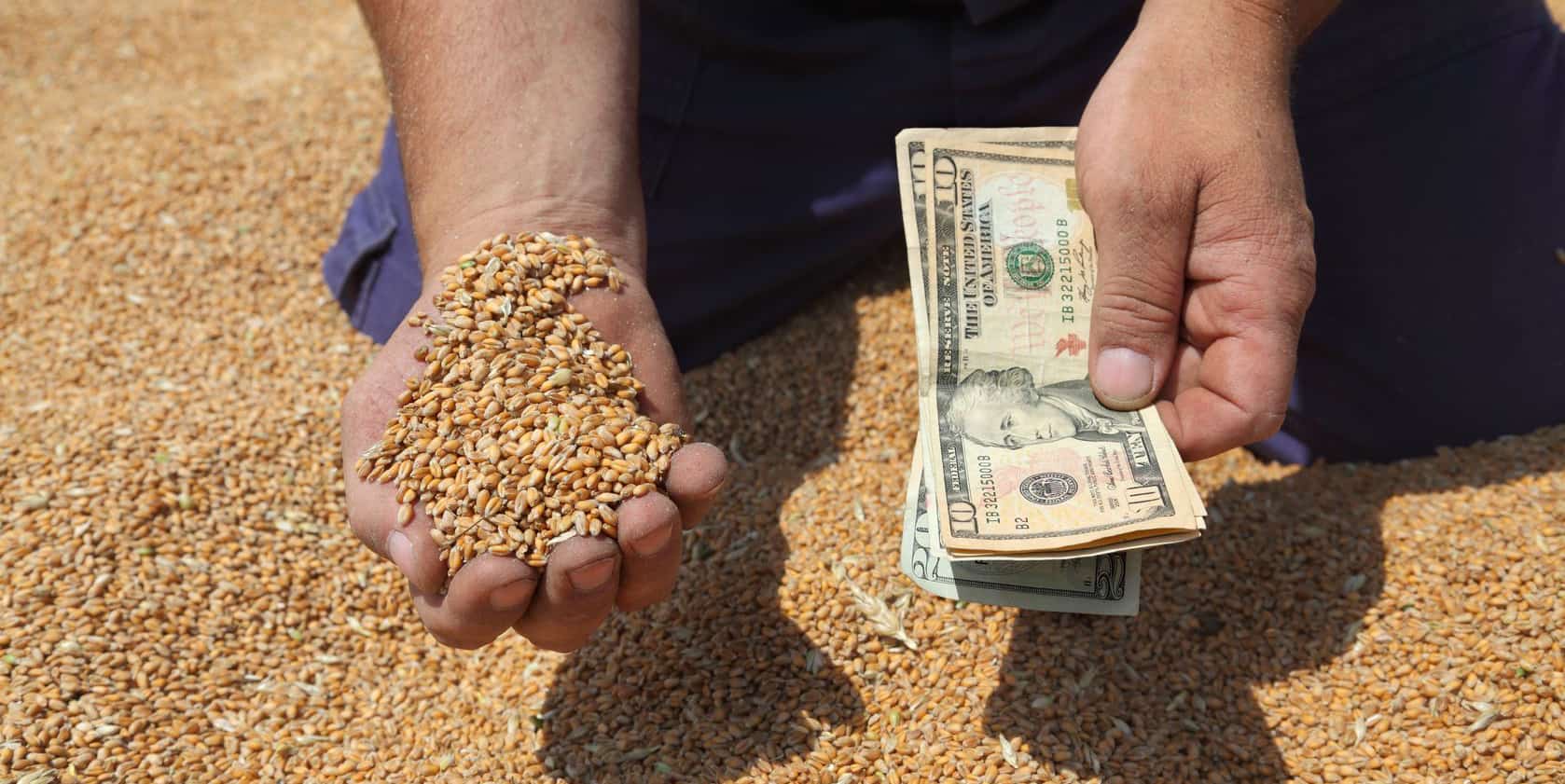There comes a time when you can harvest the seeds that you’ve sown.
It’s what I call taking chips off the table.
If you’re younger, you probably don’t have chips to take off the table yet, and that’s okay.
But for those of you who have built up some equity, whether that be in a home, a business, or real estate, you might want to start thinking about this.
The market’s really high right now, both in the stock market world and the real estate business world.
I don’t think it’s any kind of phenomenon, but my motto is: Take what the market gives you.
Do you have a home? A business? Real estate?
Maybe you have one or more things that have appreciated to the point where the return on equity is not what it could be.
If you want to enhance that, you can. Sure, you can spend it if you want. That’s your choice. But otherwise, you can re-leverage it.
You can put that equity back out into other assets that will produce a higher return.
In real estate, you can do that through 10/31 exchanges. In business, you can either sell out of it completely or bring in a financial partner.
With a home (as in your personal residence), you could downsize if the kids are gone and you don’t need the square footage.
Regardless, the important thing is this: Do everything on purpose. You have to be strategic. Don’t do anything by accident.
A lot of people that I know are taking chips off the table, and in many cases, going to cash or other liquid investments. Why?
They’re setting up for the next reset. The markets always cycle.
So instead of being reactive to them and just taking what they bring upon the masses, you need to actually reposition for those cycles.
In an up-market, you should take chips off the table if you have them. Get ready for the next reset, whenever that might be.
That way, you can go back in the market, reallocate, and ride the curve back up again.
That’s the way to play the game.
This is Part 4 in the Breckenridge series. To read Part 1, click here: The Cost of Trading Time for Dollars To read Part 2, click here: The Cost of Inflation To read Part 3, click here: The Revenue of Sowing


